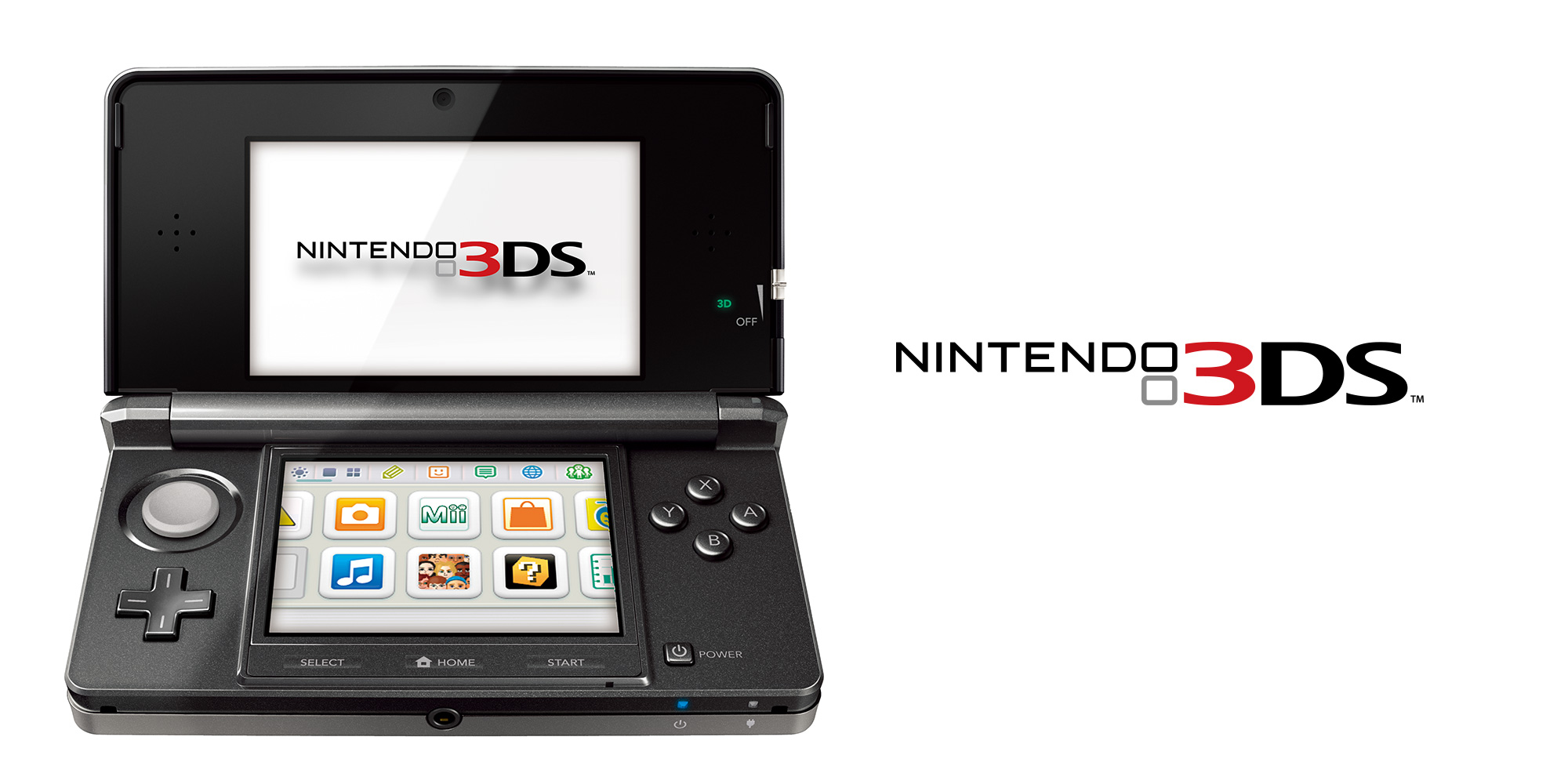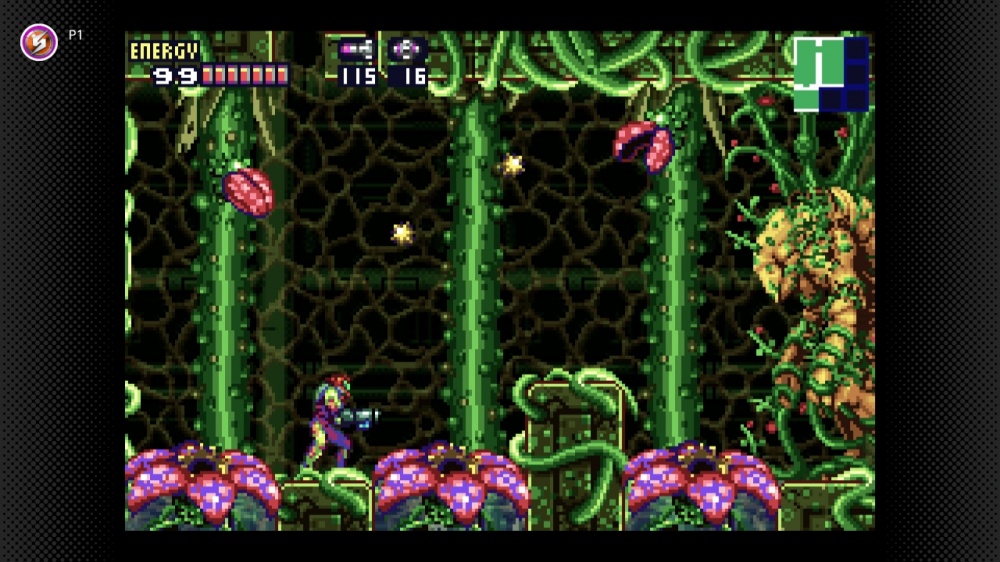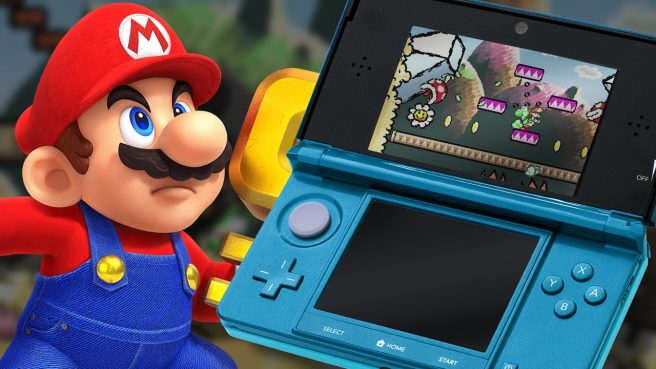Complete history of the Nintendo 3DS Ambassador Program
There are few situations in Nintendo’s history as interesting as the launch period for the Nintendo 3DS, which in modern times, is one of its more popular systems. This beloved little machine first launched in March 2011 at a price point of $249.99, and it boasted fully 3D gameplay for the first time on a Nintendo console (we choose to forget the Virtual Boy). Unfortunately, the Nintendo 3DS had something of a rocky start, to say the least. Things went downhill for the console rather quickly, and Nintendo had do something to get things back on the upswing – that’s where the 3DS Ambassador Program came in.
Today, we’re going over the history of the Nintendo 3DS’ launch, the 3DS Ambassador Program, and the games that were made available as part of the program.
Nintendo 3DS Ambassador Program overview

Like we covered in our recent writeup of Nintendo’s launch titles, the Nintendo 3DS released with a weak lineup of games. The most notable launch titles were Pilotwings Resort, Steel Diver, and nintendogs + cats. These were all decent enough on their own, with Pilotwings Resort perhaps offering the most play time of any – plus, no hardcore Nintendo fan would deny themselves a chance at exploring Wuhu Island. Still, none of these launch titles had a casual appeal – you could say nintendogs + cats did, but we’re not sure that series counts as a system seller.
Due to a combination of the Nintendo 3DS’ high price point and its lackluster launch lineup, the platform didn’t sell very well in its first few months. This was in contrast to the original DS and then the DSi, which sold better in their first couple of months on the market. To try and recover the console’s sales performance, Nintendo ultimately decided to slash the price by a whopping $80. This brought the Nintendo 3DS from $249.99 down to $169.99 – a much more affordable price point. However, this left players who had purchased it for $249.99 in a bad spot, which led Nintendo to create the 3DS Ambassador Program.
What games were included?

If you bought a Nintendo 3DS and accessed online services prior to the end of August, you qualified for the new Ambassador Program (the price cut would go into effect in September, but some retailers incorporated the cut early). Basically, it gifted eligible members 20 “free” Virtual Console games that, at the time, weren’t available anywhere else. There were ten NES games on offer; these included Super Mario Bros., The Legend of Zelda, Zelda II: Adventure of Link, Wrecking Crew, Yoshi, NES Open Tournament Golf, Balloon Fight, Donkey Kong Jr., Ice Climber, and Metroid. Not a bad lineup, especially considering that NES games weren’t otherwise available on Nintendo 3DS when these were made available in September. There are a few interesting exclusions here, with Super Mario Bros. 3 being the most notable one. Other games, like Kid Icarus and Kirby’s Adventure, were excluded because they eventually became downloadable and standalone 3D Classics titles. Still, this was the first time you could play the original, unaltered Super Mario Bros. on the go – the same goes for the other games. They were technically available as releases on Game Boy Advance as well, but in those versions, the screen size was usually shrunk down. All of the NES titles released for the Ambassador Program were later put up for purchase on the Nintendo eShop with added save state functionality. Those who had the original Ambassador Program NES games could upgrade to include that functionality for no extra cost.
What really made the Ambassador Program worth it, though, were the remaining 10 games released in December. These were Game Boy Advance games, and the lineup was Mario vs. Donkey Kong, Metroid Fusion, Kirby & the Amazing Mirror, Mario Kart: Super Circuit, Super Mario Advance 3: Yoshi’s Island, The Legend of Zelda: The Minish Cap, Wario Land 4, F-Zero: Maximum Velocity, Fire Emblem: The Sacred Stones, and WarioWare Inc.: Mega Microgames. As you might expect, these were much more appealing than the ten NES games that had been released earlier in September. The Legend of Zelda: The Minish Cap, Wario Land 4, WarioWare, and Yoshi’s Island were particularly solid picks: all of them are great single-player experiences, which works out well since these versions of the games didn’t support multiplayer. With that in mind, including Mario Kart: Super Circuit here is a bit strange; you can’t play with anyone but CPUs, which seems to sort of defeat the point of playing in a sense. The only questionable exclusion here is Mario & Luigi: Superstar Saga, which presents an interesting point. The game was eventually completely remade for the Nintendo 3DS six years later in 2017. Did they somehow know they were going to remake the game this early on? That would certainly explain its exclusion.
Overall, the Nintendo 3DS Ambassador program was a success. The Game Boy Advance games they offered were never made available outside of the Ambassador Program, which made it a good value for those who paid $249.99 for the device. It was actually a genius move in multiple ways, business-wise – the program’s announcement encouraged people to go out and buy a Nintendo 3DS for $250 before the deadline, while increasing sales for the console afterward thanks to its reduced price point of $169.99. In the end, the system managed to sell roughly 76 million units when you tally up the sales of all its different models. Of course, the Nintendo DS sold 154 million units, so the 3DS didn’t quite match up. Still, for a console that had something of a rough start, it’s neat to see Nintendo pull off a trick that wound up saving the 3DS in the end.
Were you part of the 3DS Ambassador program, or did you just barely miss out on the deadline and the coveted Ambassador Certificate? Let us know in the comments down below.
